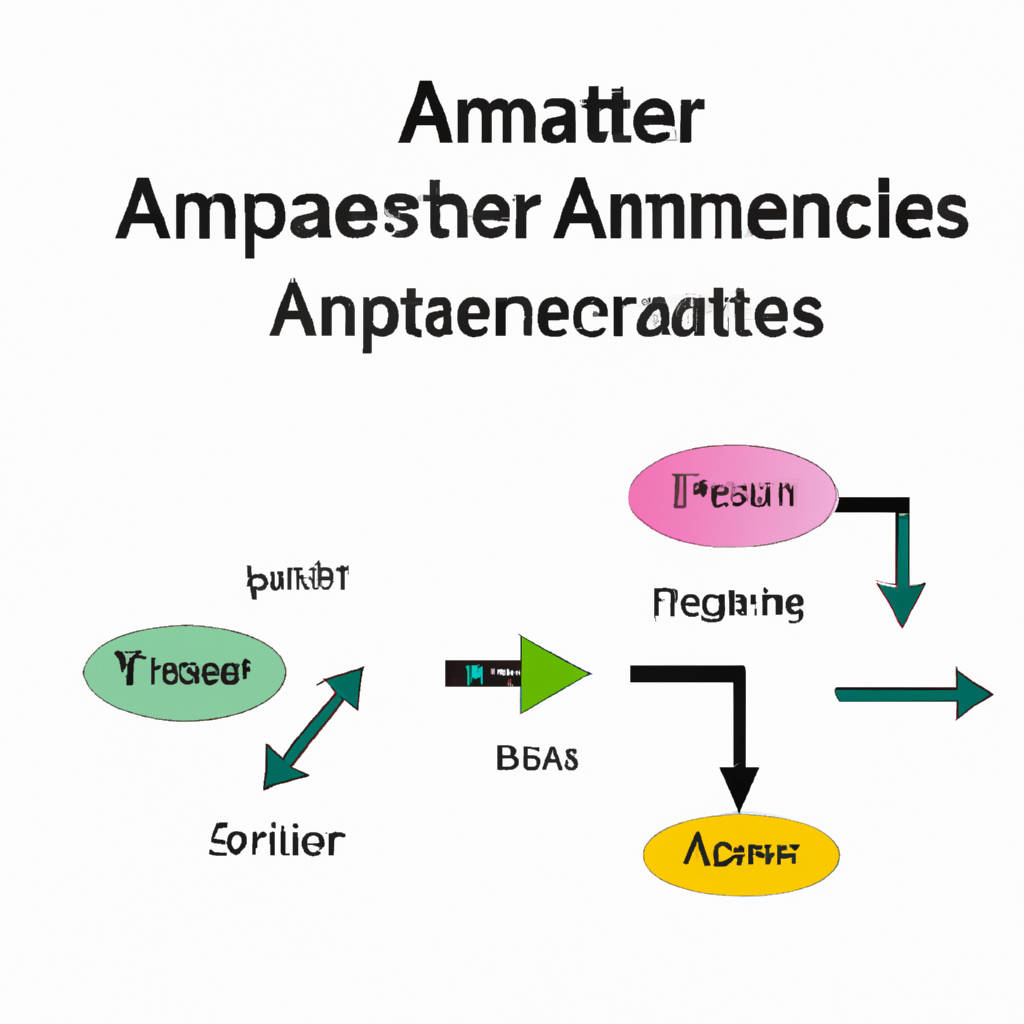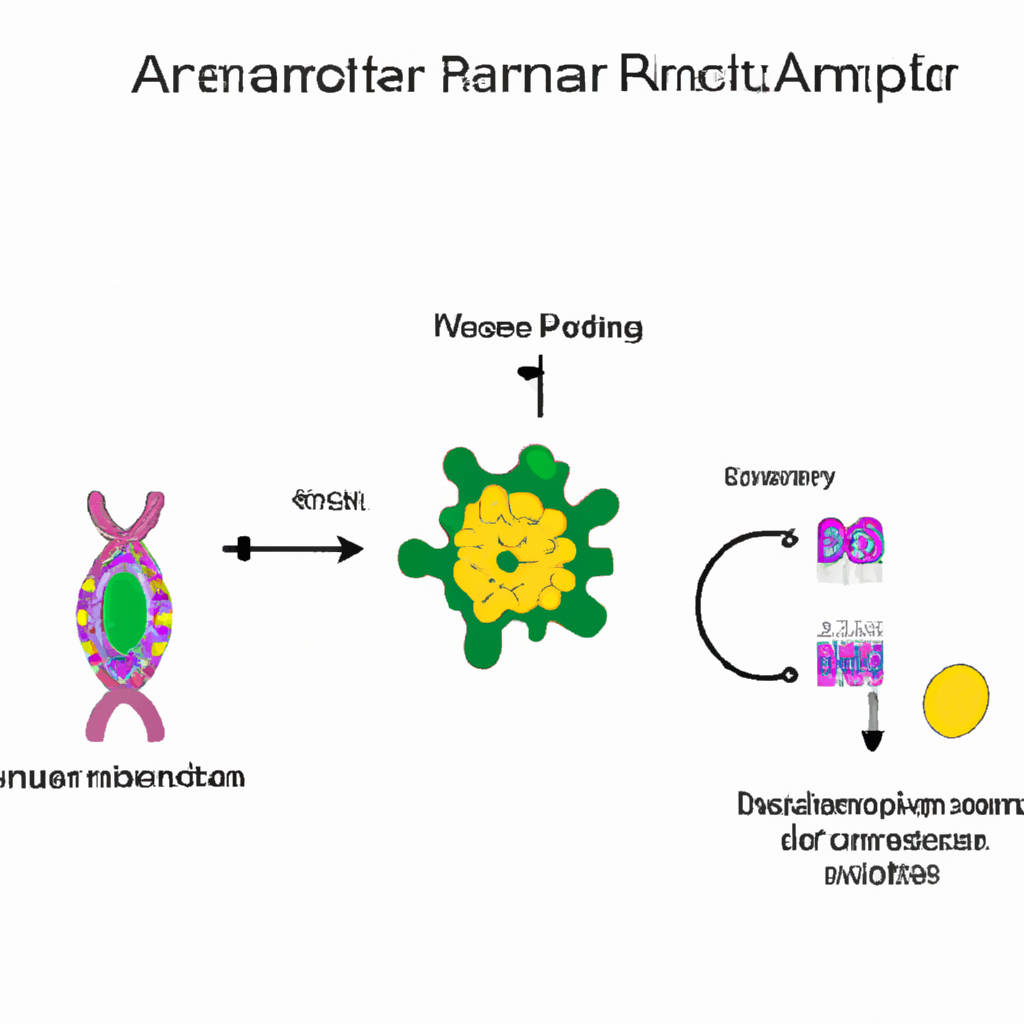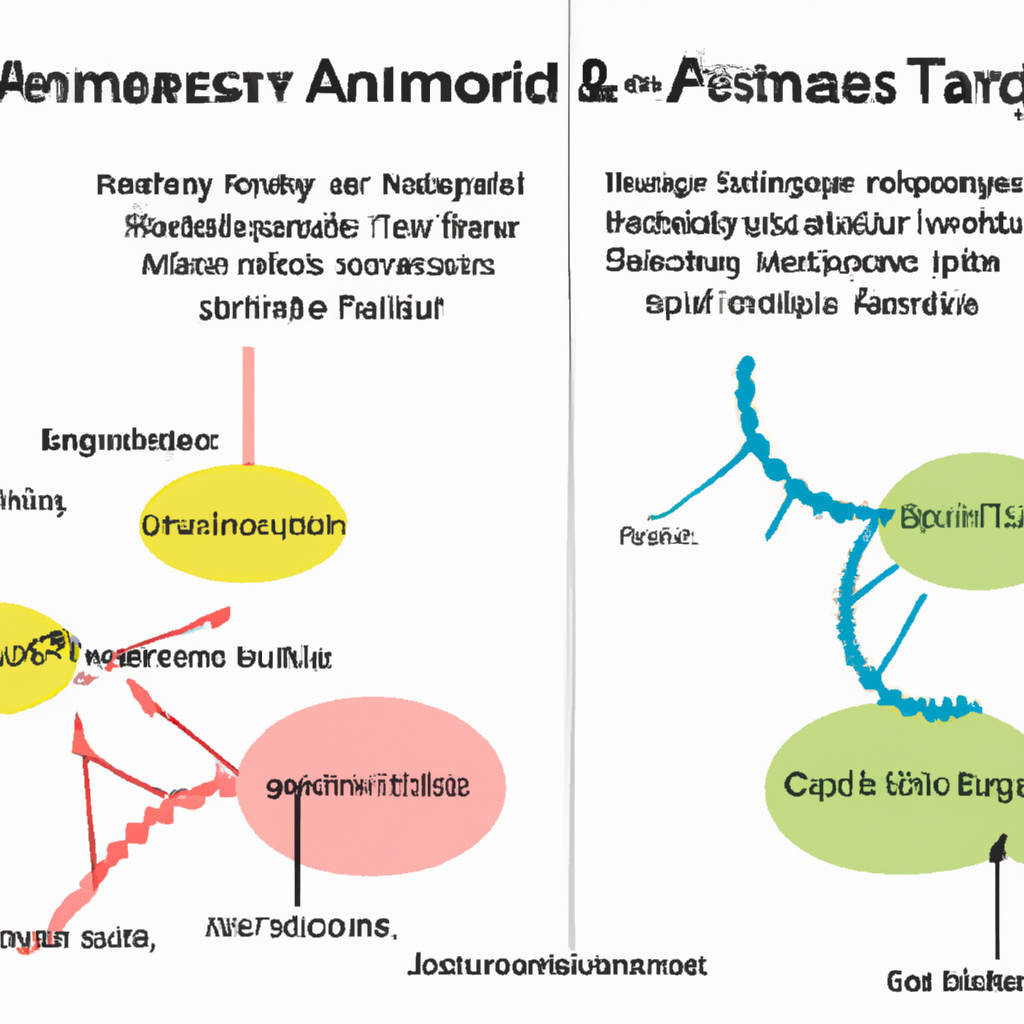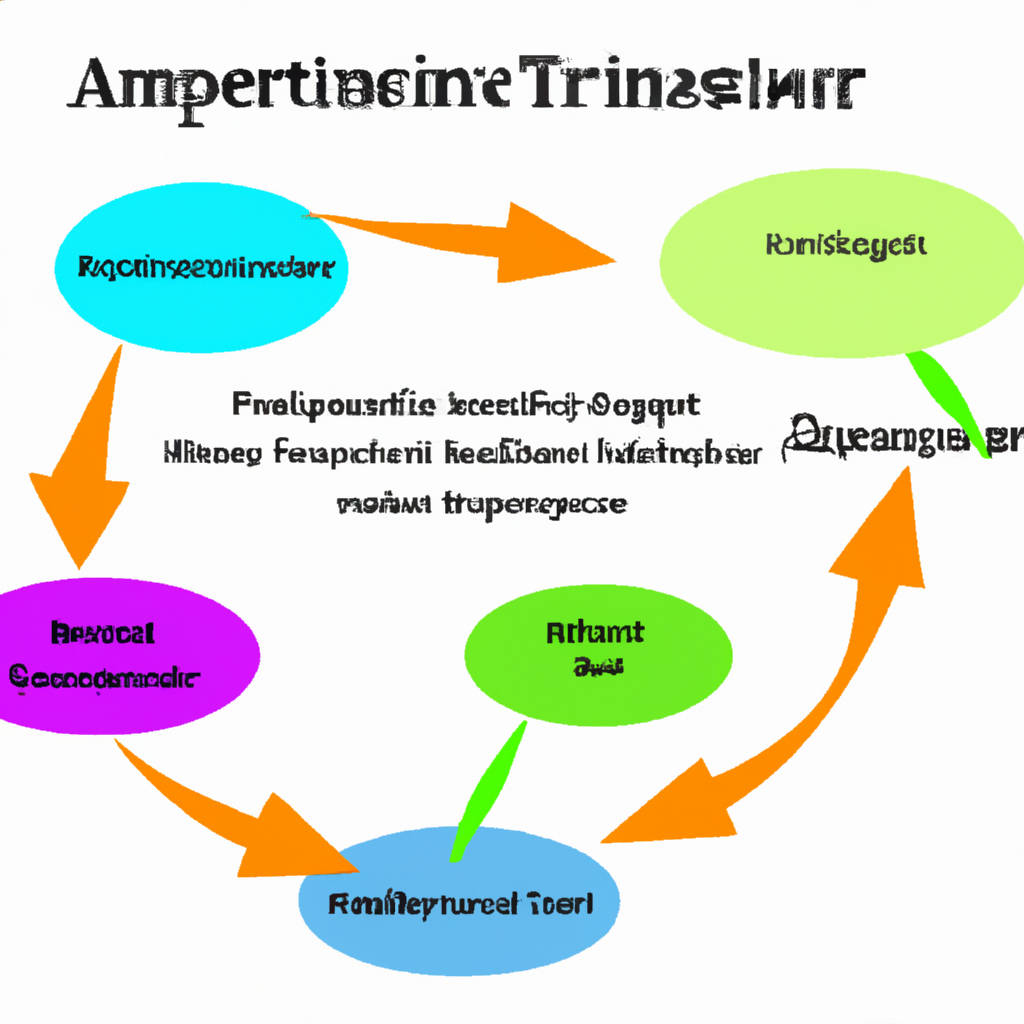Aptamers are short, single-stranded DNA or RNA molecules that can bind to specific target molecules with high affinity and specificity. These molecules have gained significant attention in recent years as potential therapeutic agents due to their ability to target a wide range of molecules, including proteins, enzymes, and even whole cells. Aptamers are generated through a process called systematic evolution of ligands by exponential enrichment (SELEX), in which a large pool of random oligonucleotides is iteratively selected for binding to a target molecule. This process allows for the selection of aptamers that have high binding affinity and specificity for the target molecule. Once selected, aptamers can be further optimized for stability, efficacy, and other pharmacokinetic properties.
One of the key advantages of aptamers as therapeutic agents is their ability to target a wide variety of molecules, including those that are traditionally considered difficult to target with small molecule drugs or antibodies. Additionally, aptamers can be easily modified to enhance their stability, half-life, and other pharmacokinetic properties, making them potentially more effective and safer than other therapeutic agents. Aptamers can also be easily synthesized in the laboratory, allowing for rapid production and scale-up for clinical use.
Aptamers have shown great promise in a variety of therapeutic applications, including cancer therapy, infectious disease treatment, and neurological disorders. In cancer therapy, aptamers can be used to specifically target cancer cells or tumor-associated antigens, allowing for more targeted and less toxic treatment options. In infectious diseases, aptamers can be used to target viral proteins or bacterial toxins, providing a potential alternative to traditional antibiotics or antiviral drugs. In neurological disorders, aptamers can be used to target specific proteins or receptors involved in disease progression, offering a potential new approach to treatment.
Despite their potential benefits, aptamers as therapeutic agents still face challenges in terms of delivery, stability, and immunogenicity. The development of effective delivery systems to target aptamers to specific tissues or cells remains a key hurdle in their clinical translation. Additionally, the stability of aptamers in biological fluids and their potential immunogenicity are important factors that need to be addressed in the development of aptamer-based therapeutics.
In conclusion, aptamers represent a promising new class of therapeutic agents with the potential to revolutionize the treatment of a wide range of diseases. Their ability to target specific molecules with high affinity and specificity, coupled with their ease of modification and synthesis, make them an attractive option for drug development. Despite the challenges that remain in their clinical translation, the future of aptamers as therapeutic agents looks bright, with ongoing research and development efforts focused on overcoming these hurdles and bringing these innovative molecules to the clinic.

Mechanisms of Action in Aptamer-Based Therapies
Aptamer-based therapies are a promising approach in the field of medicine due to their unique mechanisms of action. Aptamers are single-stranded nucleic acids that can bind to specific targets with high affinity and specificity. This allows them to interfere with key biological processes involved in disease development. One of the main mechanisms of action of aptamer-based therapies is their ability to block the activity of a particular protein or enzyme.
By binding to the target molecule, aptamers can prevent it from carrying out its normal function, thus disrupting the disease pathway. Additionally, aptamers can also be designed to deliver therapeutic agents directly to diseased cells. This targeted drug delivery system not only minimizes side effects but also enhances the efficacy of the treatment. Furthermore, aptamers can also modulate immune responses by targeting immune cells or signaling molecules. By manipulating the immune system, aptamers can help in treating autoimmune diseases or enhancing the body’s ability to fight off infections. Overall, the diverse mechanisms of action of aptamer-based therapies make them a valuable tool in the development of novel and effective treatments for a wide range of diseases.
Design and Development of Therapeutic Aptamers
Therapeutic aptamers are short, single-stranded DNA or RNA molecules that have the ability to bind to specific target molecules with high affinity and specificity. These aptamers have shown great promise as potential therapeutic agents for a wide range of diseases, including cancer, infectious diseases, and autoimmune disorders.
The design and development of therapeutic aptamers involve a series of steps, starting with the selection of an aptamer library through a process called SELEX (Systematic Evolution of Ligands by Exponential Enrichment). Once an aptamer with high binding affinity for the target molecule is identified, it undergoes further optimization to improve its stability, pharmacokinetics, and efficacy. This optimization may involve chemical modifications, conjugation to delivery vehicles, or the development of multivalent aptamer constructs.
Additionally, the development of therapeutic aptamers often involves extensive preclinical testing to evaluate their safety and efficacy before advancing to clinical trials. Overall, the design and development of therapeutic aptamers require a multidisciplinary approach that combines expertise in molecular biology, biochemistry, pharmacology, and clinical medicine. As our understanding of aptamer technology continues to advance, the potential for therapeutic aptamers to revolutionize the treatment of various diseases is becoming increasingly clear.

Clinical Applications and Efficacy of Aptamer Therapies
Aptamer therapies have shown great promise in clinical applications due to their ability to specifically target and bind to disease-causing molecules. These synthetic nucleic acid molecules have been developed to mimic antibodies and can be designed to target a wide range of molecules, including proteins, hormones, and even whole cells. One of the key advantages of aptamers is their high specificity and affinity for their target, which results in a lower risk of off-target effects compared to traditional small molecule drugs. This makes them particularly attractive for use in precision medicine, where targeted therapies are increasingly being used to treat a variety of diseases. In addition, aptamers are relatively easy and cost-effective to produce, making them a viable option for large-scale production and distribution.
Several aptamer-based therapies have already been approved for clinical use, with many more in various stages of development. One of the most well-known examples is pegaptanib, an aptamer that targets vascular endothelial growth factor (VEGF) and is used to treat age-related macular degeneration. Other aptamer therapies are being investigated for the treatment of cancer, autoimmune diseases, and infectious diseases, among others. In addition to their potential as therapeutic agents, aptamers are also being explored for use in diagnostic applications, such as imaging and biosensing.
Overall, the clinical efficacy of aptamer therapies is still being evaluated, but early results are promising. Studies have shown that aptamers can effectively inhibit the activity of their target molecules and lead to positive clinical outcomes in some patients. However, like any new therapy, there are challenges that need to be addressed, such as optimizing the pharmacokinetics and stability of aptamers in vivo. With ongoing research and development, aptamers have the potential to revolutionize the way we treat a wide range of diseases, offering targeted and personalized therapies that could improve patient outcomes and quality of life.
Comparative Analysis: Aptamers vs. Traditional Therapeutics
Aptamers and traditional therapeutics are two types of treatments that are used in the field of medicine to target specific diseases and conditions. Aptamers are short, single-stranded nucleic acids that can bind to specific target molecules with high affinity and specificity. They have the advantage of being able to target a wide range of molecules, including proteins, small molecules, and even whole cells. In comparison, traditional therapeutics, such as small molecule drugs and antibodies, typically target specific proteins or pathways in the body. Aptamers have the potential to be more versatile and have fewer off-target effects compared to traditional therapeutics.
One of the key differences between aptamers and traditional therapeutics is their mode of action. Aptamers work by binding to their target molecules and either blocking their activity or promoting their degradation. This targeted approach allows for more precise and efficient treatment of diseases. In contrast, traditional therapeutics often target specific proteins or pathways in the body, which can lead to off-target effects and unintended consequences.
Another advantage of aptamers over traditional therapeutics is their ease of synthesis and modification. Aptamers can be easily synthesized in the laboratory using standard techniques, making them more cost-effective and scalable compared to traditional therapeutics. Additionally, aptamers can be modified to enhance their stability, pharmacokinetics, and targeting capabilities, allowing for greater flexibility in drug design and optimization.
Overall, aptamers offer several advantages over traditional therapeutics in terms of specificity, versatility, and ease of synthesis. While traditional therapeutics have been the mainstay of medicine for many years, aptamers represent a promising new approach to drug development that has the potential to revolutionize the field of medicine. Further research and development of aptamers are needed to fully realize their potential as a viable alternative to traditional therapeutics in the treatment of various diseases and conditions.

Challenges and Solutions in Aptamer Therapeutics
Aptamer therapeutics have shown great promise in the field of medicine, but they also come with their own set of challenges. One major challenge is the delivery of aptamers to their target sites within the body. Aptamers are relatively large molecules that can be easily degraded by enzymes in the bloodstream, making it difficult for them to reach their intended destination.
To overcome this challenge, researchers have been exploring different methods of delivering aptamers, such as encapsulating them in nanoparticles or attaching them to other molecules that can help them penetrate cell membranes. Another challenge in aptamer therapeutics is the potential for off-target effects. Since aptamers can bind to a wide range of targets, there is a risk of them binding to unintended proteins or cells, leading to unwanted side effects.
To address this issue, researchers are focusing on designing aptamers with high specificity for their target molecules, as well as conducting thorough testing to ensure their safety and efficacy. Overall, while there are challenges to overcome in the field of aptamer therapeutics, researchers are continuously working on innovative solutions to improve the delivery and specificity of these promising molecules for the treatment of various diseases.
Future Directions and Innovations in Aptamer-Based Treatments
Aptamers, short strands of nucleic acids or peptides that bind to specific targets with high affinity and specificity, have shown great promise in the field of targeted therapy. As researchers continue to explore the potential applications of aptamers in medicine, several future directions and innovations are being pursued to enhance their effectiveness. One such direction is the development of multivalent aptamers, which are designed to bind to multiple targets simultaneously, thus increasing their therapeutic efficacy.
Another promising innovation is the use of aptamer-conjugated nanoparticles for targeted drug delivery, allowing for more precise and efficient treatment of diseases such as cancer. Additionally, advancements in aptamer selection techniques, such as in vitro selection and high-throughput screening, are enabling the rapid identification of aptamers with improved binding properties and therapeutic potential. Furthermore, the development of aptamer-based biosensors for early disease detection and monitoring is another exciting direction in aptamer research.
By harnessing the unique properties of aptamers, researchers are paving the way for a new generation of targeted therapies that have the potential to revolutionize the treatment of a wide range of diseases. As the field of aptamer-based treatments continues to evolve, it is clear that the future holds great promise for these innovative and versatile molecules.

Conclusion: The Promise of Aptamers in Modern Medicine
In conclusion, aptamers hold great promise in revolutionizing modern medicine. These small molecules have shown remarkable potential in targeting specific molecules, such as proteins or nucleic acids, with high affinity and selectivity. This opens up a wide range of opportunities for developing new diagnostic tools, therapeutics, and drug delivery systems. Aptamers have already been successfully used in various applications, including cancer treatment, infectious disease detection, and targeted drug delivery.
Their versatility, stability, and low immunogenicity make them attractive candidates for further research and development. As more studies are conducted and technology advances, aptamers are expected to play an increasingly significant role in personalized medicine, allowing for tailored treatments that are more effective and less invasive. The ability to design aptamers for specific targets offers a level of precision that traditional drugs cannot match, potentially leading to improved patient outcomes and reduced side effects.
While there are still challenges to overcome, such as scalability and cost-effectiveness, the future of aptamers in modern medicine looks bright. With continued investment and research, aptamers have the potential to revolutionize the way we diagnose and treat a wide range of diseases, ultimately improving the quality of healthcare for patients worldwide. Overall, the promise of aptamers in modern medicine is one that holds great potential for transforming the field and improving patient outcomes in the years to come.
